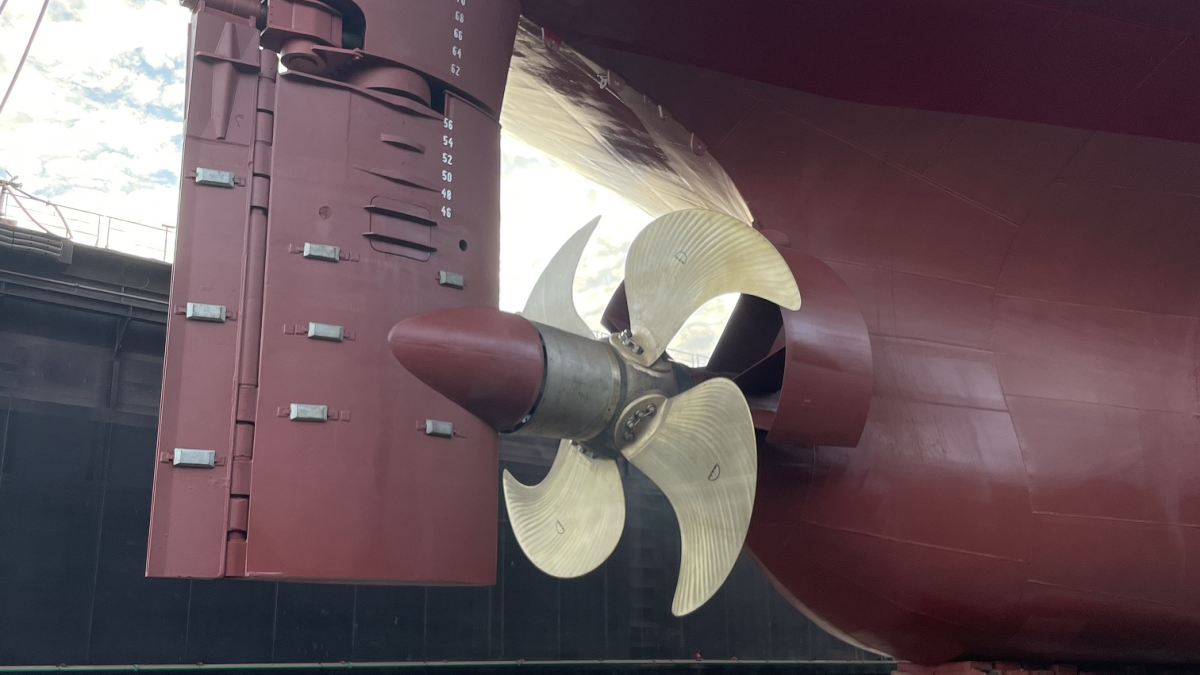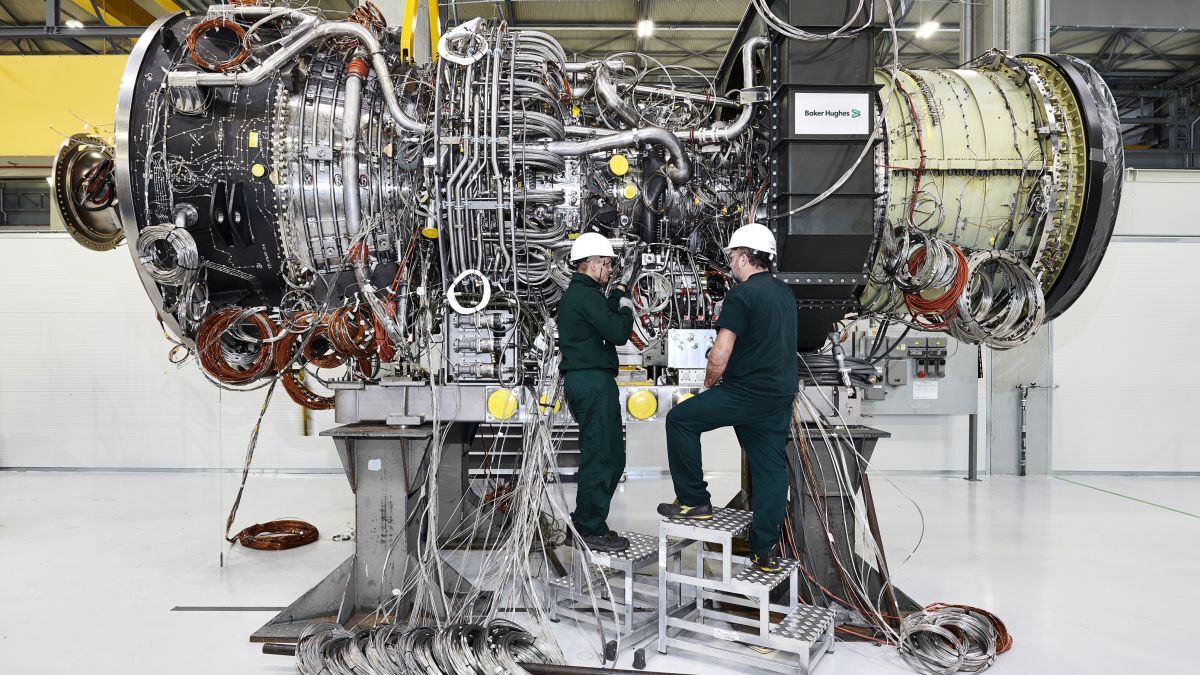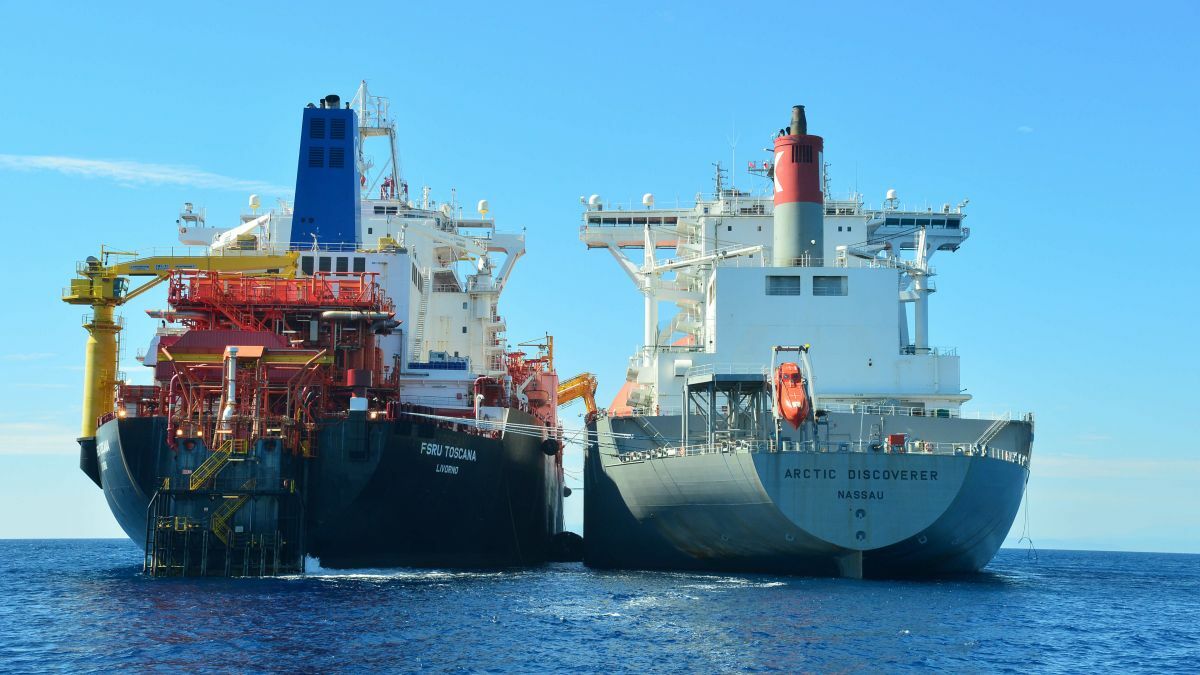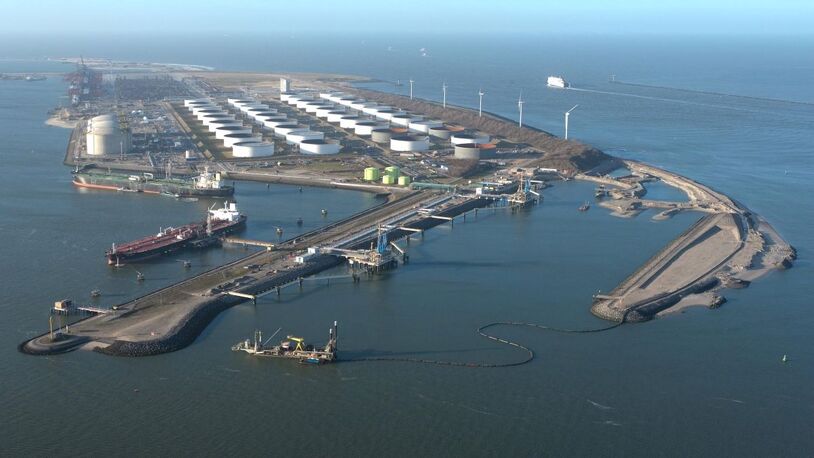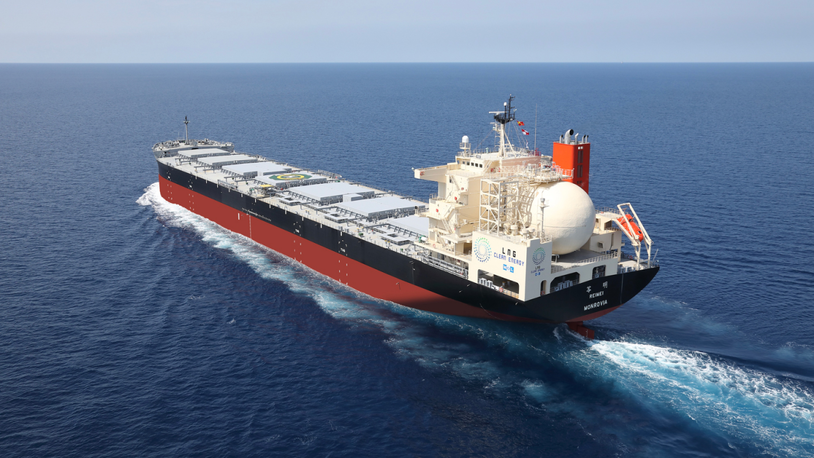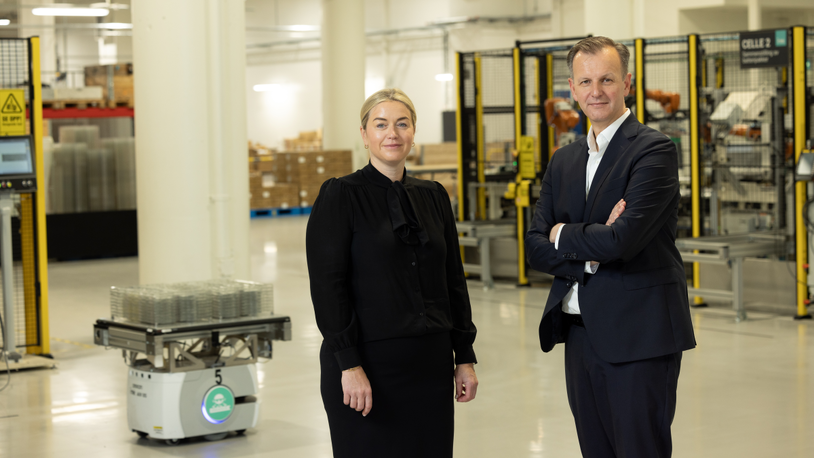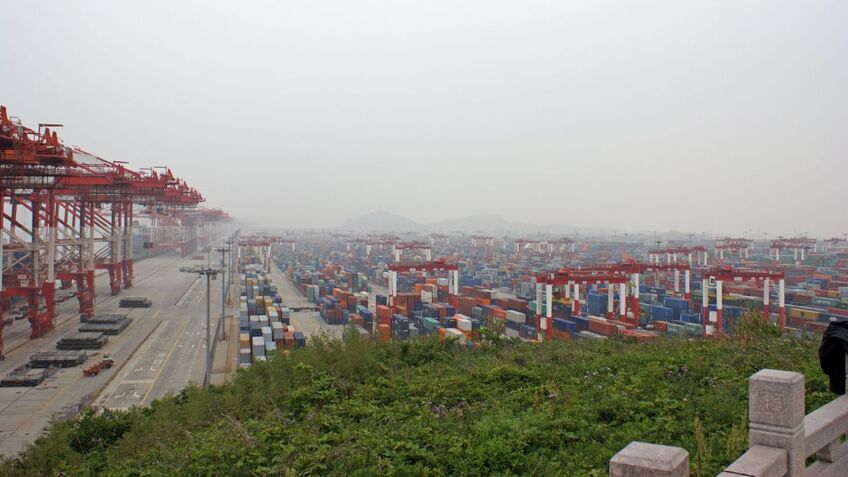Business Sectors
Contents
Register to read more articles.
Norwegian gas carrier gets EEXI makeover
Working with MAN PrimeServ, Solvang will retrofit OPL and optimise the propulsion system on one of its gas carriers to meet new environmental regulations
A 16-year-old gas carrier owned by Norway’s Solvang ASA will undergo a major upgrade to its propulsion system to meet IMO’s Energy Efficiency of Existing Ship Index (EEXI) regulations.
The Norwegian gas shipping company is working with MAN PrimeServ on what it describes as “a radical and extensive optimisation”. The project will see a reduction in the power of the gas carrier’s main engine through a retrofit solution called overridable power limitation (OPL), an elegant response to the regulations that can be done during normal dry-docking.
As existing vessels queue up for retrofits that will allow them to improve their energy efficiency by their next survey, the OPL technology is attracting worldwide interest.
In 2022 alone, MAN PrimeServ, the after-sales division of MAN Energy Solutions (MAN ES), signed a two-year co-operation deal with South Korean shipbuilder Hyundai Heavy Industries (HHI) to deliver the solution to MAN B&W-branded low-speed engines, as well as a letter of commitment with the Hong Kong division of Anglo-Eastern, which has some 300 vessels needing an OPL solution.
In the case of Solvang’s gas carrier, the installation of OPL will be accompanied by more extensive modifications that, says MAN ES, “will bring the vessel’s propulsive efficiency on a par with modern builds.” These include optimisation of the existing controllable-pitch propeller and aft-ship system in the form of new propeller blades, a fairing cone for the propeller hub and EcoBulb for the rudder, the latter developed by Becker Marine Systems, Solvang and MAN ES.
The ship will also be permanently power de-rated, EEXI power-limited, and equipped with an energy-saving Mewis Duct that makes for more fuel-efficient sailing.
“This significant eco-concept investment will have a positive environmental impact”
Solvang, whose long-term aim is to achieve a zero-emissions deep-sea fleet, says the installation of OPL and related technology promises to be a game-changer. “We envisage this significant eco-concept investment will not just have a positive environmental impact but will also significantly prolong the efficiency and life of the vessel,” says fleet director Tor Øyvind Ask. Solvang has a 23-strong fleet comprising ethylene carriers, large and very large gas carriers.
Developed with EEXI in mind, MAN ES OPL technology is essentially a mechanical stopper device for limiting the fuel index and thereby limiting the engine’s maximum continuous rating. And because it is tamper-proof and IMO-numbered, it cannot be overridden in ways that would defeat the purpose of the regulations. According to MAN ES, the stopper can however be adjusted if full engine power is required in, for instance, an emergency.
In the case of electronically controlled dual-fuelled engines, the power is limited through the installation of a new software and parameter file in the engine control system that constantly calculates the load of the engine based on its speed, fuel index and cylinder pressure, if applicable. Simple in concept and execution, the OPL is managed from the bridge by a control knob, or from the engineroom.
The entire installation can be done by a service engineer during a normal port visit.
Related to this Story
Events
LNG Shipping & Terminals Conference 2025
Vessel Optimisation Webinar Week
Marine Coatings Webinar Week
© 2024 Riviera Maritime Media Ltd.


